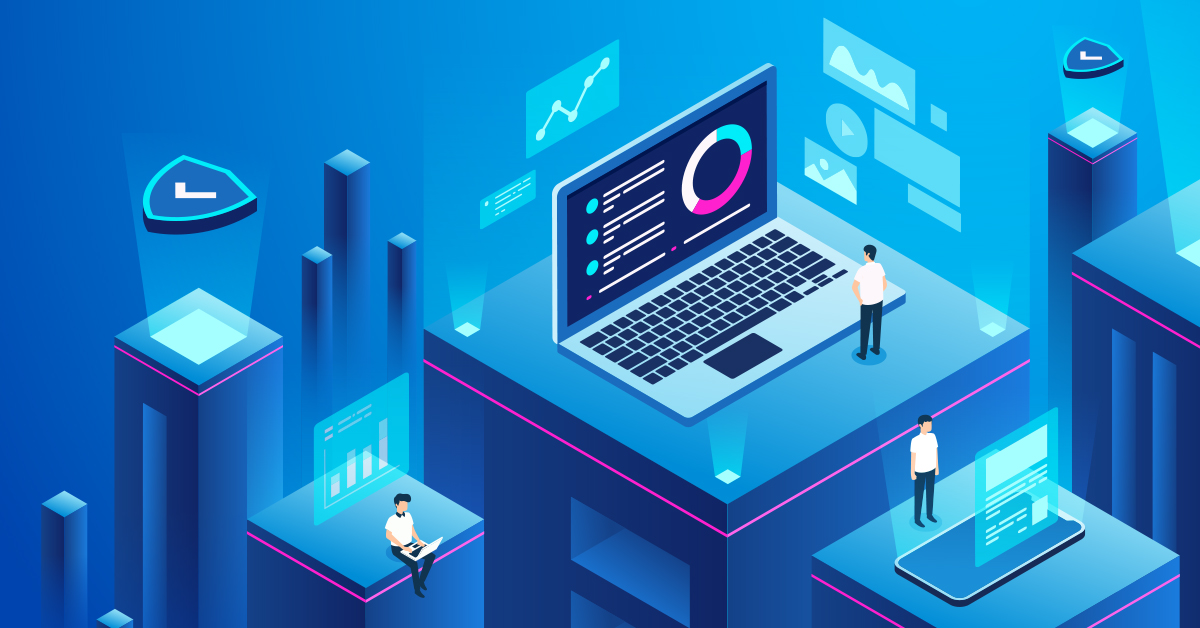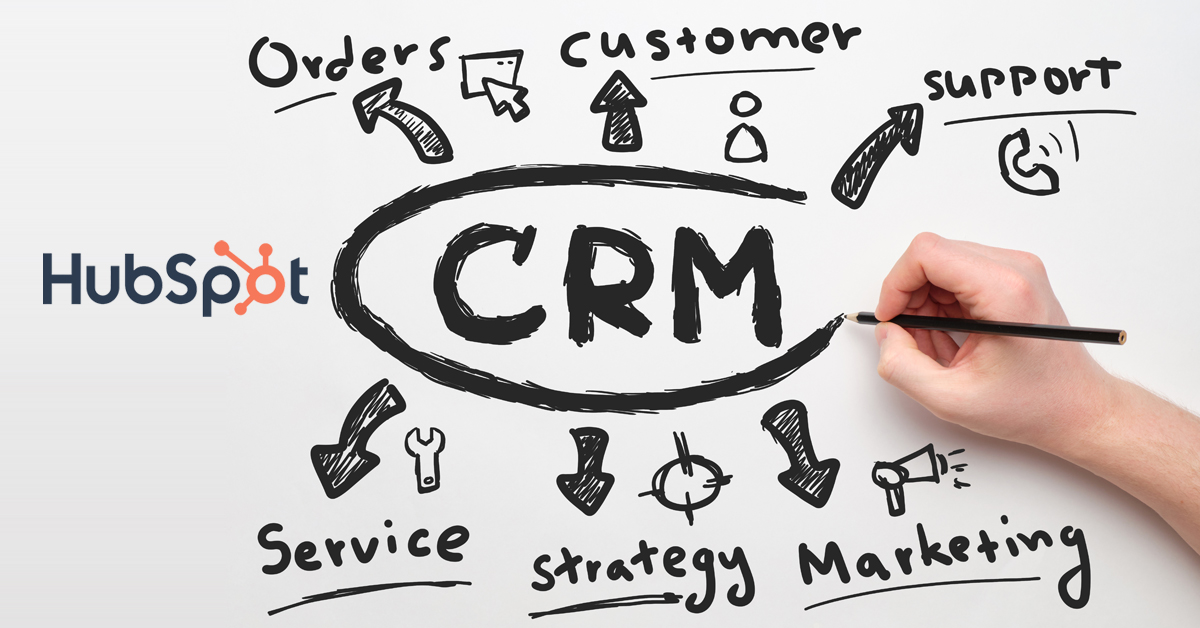Your tech stack should ease business pressure, not add to it
November 15, 2022

Spreadsheets and email are the base tech stack for companies that have grown before processes were put in place. Then, it becomes cumbersome. Following up with customers, making projections, managing social media and then tracking customer requirements becomes unwieldy.
But this is what most people in the company are used to, so it becomes the practice. And changing practices at a company is a hard thing to do, so it fades away into the background.
Rather than make decisions about which software should be put in place, the entire business process should be reviewed in detail. No piecemeal solution installed at different pressure points works. That simply leads to moving the source of pressure to a different point, unless it eases the entire workflow. It should be used to figure out how things are being done currently and what changes would help. The decision on which tech to deploy and how it should be implemented should only follow from that point onwards.
A tech stack is a collection of software tools that help drive greater efficiency. Choose wisely because the sum of the non-moving parts has to work well together
Instead, entire teams spent time debating the merits, features and shortcoming of components of the tech stack. That should only come into play after determining what the company needs to achieve
Mapping the flow
Start with how the company currently works and where the gaps are. What is being managed and where are the slip-ups occurring regularly in existing processes. That provides a view as to whether it is a personnel problem that needs to be addressed or a tech solution that will
Take something like lead follow-up. Maybe the company is doing a great job of generating relevant leads but the follow-up needs to be quicker. The biggest problem could be that leads are not contacted for hours or days after they've made an inquiry.
The personnel problem could be that the load on the existing team is too high and they aren’t able to cope with the flow of leads. Or the problem could be that follow-ups are not happening as they should be.
Simply implementing an automated call solution will not solve the issue. It needs to be looked at from the whole process flow, starting from what the company is doing to generate leads, right down to how customer journeys are being managed, once they are on the company’s radar.
Plotting out each of the points, starting from how the company approaches lead generation, management and follow-up gives a clear picture of the tech stack that could help at each of the stages. Then, it’s a question of implementing it right and training the people involved to make the required changes.
How HubSpot helps
There’s no single point at which the transition to HubSpot needs to be made. It can happen with a single project, or implementing parts of the tech stack at a time. HubSpot works well with most of the top digital infrastructure of the web.
Start with the tech stack already in place and what employees are used to. Then, focus on points where employees are either overwhelmed with the amount of work they have to do, or where repetitive processes dominate.
A tech stack is not about the latest and greatest software. Its about what your company and business needs are and which tools fit your
Another example – if meetings, customer response and follow up as well as deal progress is being tracked on email, it becomes quite unwieldy. And simply installing new software will not work. A mind shift has to happen with employees and they have to be eased into the process.
HubSpot has a detailed onboarding process where everyone involved will be trained on how to make the most of the acquisition. Breaking things up into small steps at a time helps manage the transition better than doing it all at one go. Employees are also happier to get on board with a few features at a time and that boosts their confidence.
HubSpot manages the most important reason your business exists – customers. HubSpot’s CRM is among the most powerful and easy to master. There are no multiple customer identities within. It helps that marketing, sales and service divisions within the company see the same set of customer data. That helps them perform in tandem, supporting each other.
Work with those who welcome change
It takes entire teams to change for progress to happen. There may be employees who are reluctant to move away from long-held beliefs. Or those who simply don’t want to put in the work necessary to learn a new process. There are also those who look forward to change. And they should be the core around whom the transformation is built.
A tech stack is a combination of tools to help teams do their job better. And there is a large variety of tools available for every stage in a process. Right from building landing pages to scheduling social media posts to email marketing, lead generation, lead management, call management and so on.
HubSpot brings it all together under one umbrella. And if there are tech solutions that already work, chances are HubSpot has integrations in place for them, where real time exchange of data can be managed with some work.
At Blueoshan, we’re interested in seeing how to improve outcomes for clients, rather than individual processes. And having the benefit of an outsider’s perspective works to the advantage of the company that involves us.
Digital transformation does not happen in a day. It could take months or even a few years before the company manages most processes in a digital environment. But we’re there to help that transformation happen.

Venu Gopal Nair
Advertising and Branding Specialist, CEO - Ideascape Communications, A professional journey through the tumultuous years of advertising and communication, starting in 1984. Started out in the age of print, saw the changes with the entry of satellite TV and the momentous transition to digital. Advertising and branding today is vastly different from its practices in the 20th century and the last two decades have seen dramatic changes with smartphone domination. As a Creative Director turned CEO, making the transition personally and professionally has been a tremendous experience.
Related Articles

April 27, 2022




